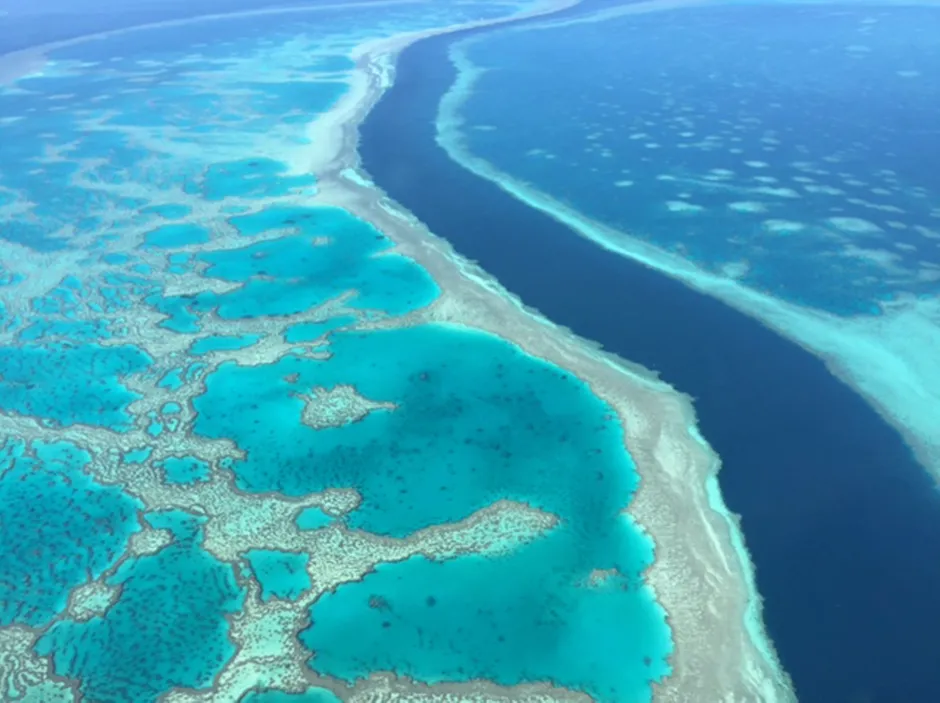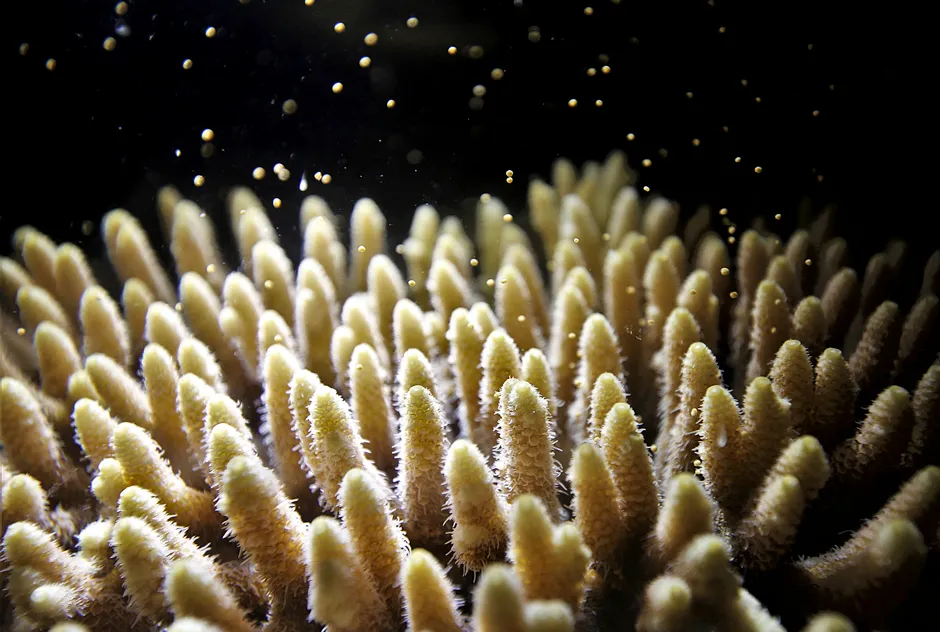Scientists have developed a way to help coral reefs fight the devastating effects of bleaching by making the species more heat resistant.
The process, described in the journal Science Advances, involves giving the microalgae that live in the tissues of corals the ability to withstand higher temperatures.
Lead author Dr Patrick Buerger, of Australia’s national science agency CSIRO, said: “Our novel approach strengthens the heat resistance of coral by manipulating its microalgae, which is a key factor in the coral’s heat tolerance.”
The researchers believe their findings may help in the effort to restore coral reefs, which are “suffering mass mortalities from marine heat waves”.

Dr Buerger said: “Coral reefs are in decline worldwide.
“Climate change has reduced coral cover, and surviving corals are under increasing pressure as water temperatures rise and the frequency and severity of coral bleaching events increase.”
In the last few decades, climate change has led to increases in sea temperatures, causing corals to expel the algae from their tissues and turn completely white, a phenomenon known as coral bleaching.
The Great Barrier Reef in Australia was hit hard during the summer heat waves of 2016 and 2017, when it lost about half its corals due to bleaching events.
Read more about algae:
- Billion-year-old seaweed fossil suggests algae is 200 million years older than we previously thought
- 18 amazing algae facts to help you enjoy, understand, and respect one of the world’s most important organisms
While evidence suggests corals are gradually adapting to a warmer world, scientists say the species are struggling to keep pace with climate change.
So the researchers wanted to investigate whether there was a way to boost coral heat tolerance.
They extracted the microalgae from corals and cultured them a lab.
The team then exposed the lab-grown strains to warmer temperatures of around 31°C for four years and found all the 10 heat-evolved strains showed increased tolerance to the elevated temperature.

The researchers then injected coral larvae with one strain each and exposed them to 31°C heat for a week and found three of the 10 strains protected the coral from bleaching.
Dr Buerger said: “Once the microalgae were reintroduced into coral larvae, the newly established coral-algal symbiosis was more heat tolerant compared to the original one.”
Professor Madeleine van Oppen, of the University of Melbourne and the Australian Institute of Marine Science (AIMS), added: “We found that the heat tolerant microalgae are better at photosynthesis and improve the heat response of the coral animal.
“These exciting findings show that the microalgae and the coral are in direct communication with each other.”
The researchers are now planning to test the strains across a wider range of coral species.
Reader Q&A: Can coral reefs recover from bleaching?
Asked by:Sally Morrison, Leicester
Coral bleaching occurs when warmer sea temperatures cause coral to expel the tiny algae that live in their tissues. Without these algae, corals are more susceptible to disease, with impaired growth and reproduction rates. If increased temperatures were short-lived, surviving corals can sometimes regrow their algae within a few months.
When bleaching is localised, healthy coral nearby can also help repopulate the area. But in instances of more severe, extensive or repeated bleaching events, or when additional stresses such as pollution or ocean acidification come into play, large swathes of coral may die and recovery can take decades.
Read more:
